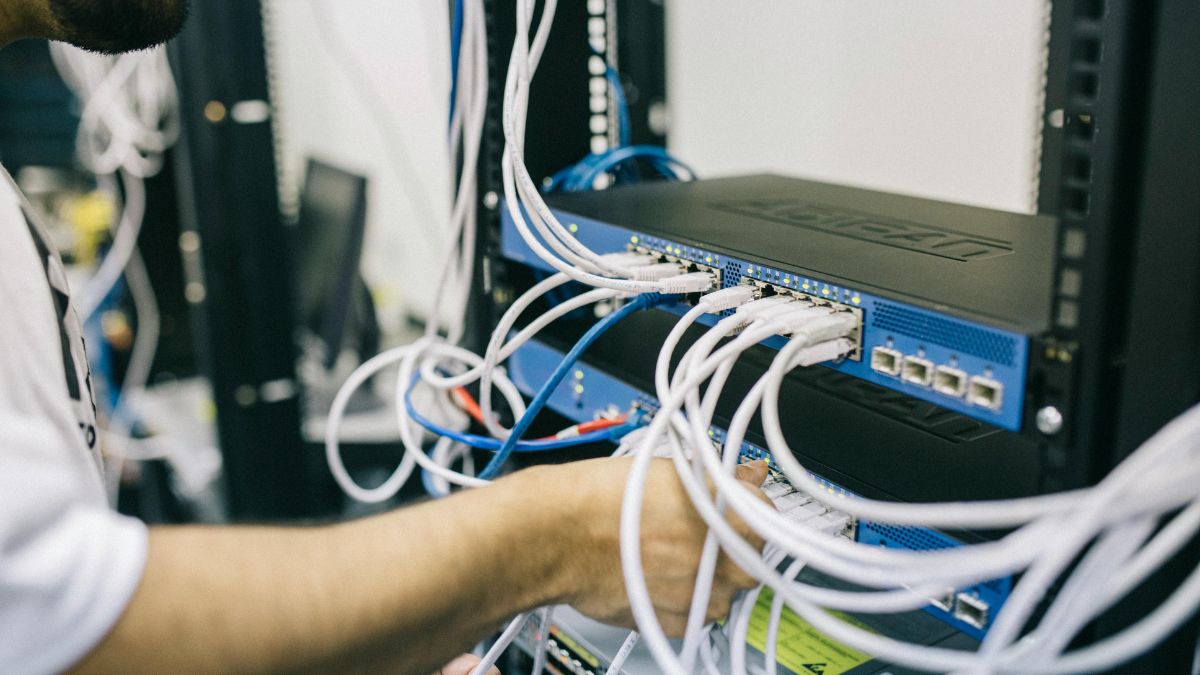The organized cables and wires manufacturing sector is poised for impressive growth, with projections indicating a mid-teen percentage increase in the upcoming fiscal year. According to a recent report by Crisil Ratings, this growth follows an estimated 16% rise in fiscal year 2025. The sector’s expansion is expected to be fueled by increased investments in key areas such as power generation, transmission, railways, and real estate, which collectively account for over 90% of their revenue. Additionally, the China+1 strategy being adopted by several countries is providing a further boost.
Strong Capacity Utilization and Capital Expenditure
With capacity utilization rates reaching 80-85% for fiscal 2024, the industry is witnessing a remarkable 70% year-on-year increase in capital expenditure (capex) for fiscal 2025, and this upward trend is likely to continue into fiscal 2026.
- Key Highlights:
- Strong demand in power, railways, and real estate is expected to propel growth.
- Capital expenditure is projected to remain robust, supporting future expansions.
Crisil’s analysis of 13 major cables and wires manufacturers, which contribute 60-65% of the organized sector’s revenue—estimated between Rs 80,000-82,000 crore—indicates that stable operating margins of 10-11% will ensure the credit profiles of these companies remain solid, bolstered by healthy cash flows.
Future Demand and Investment Insights
Mohit Makhija, Senior Director at Crisil Ratings Ltd, emphasizes that demand for cables and wires is set to increase significantly. As India’s overall expenditure on power, railways, and real estate is projected to rise by 25% to about Rs 9 lakh crores in fiscal 2026, this includes:
- An addition of 45-55 GW in power generation capacity.
- Investments in 10,000 line kilometers of inter-state transmission systems.
- Significant capex in railways and metro projects.
These initiatives are expected to generate a demand of approximately Rs 20,000 crore for wires and cables in fiscal 2026.
Export Opportunities
In addition to domestic growth, exports are expected to surge between 20-22%, propelled by the China+1 approach adopted by Western nations like the United States and Europe, which together account for 45-55% of Indian exports. Indian manufacturers are increasingly favored for their diverse product offerings and adherence to global quality standards, making them a stronger choice compared to Chinese suppliers.
Shounak Chakravarty, Director at Crisil Ratings Ltd, notes that this promising growth is likely to drive Indian manufacturers to increase their installed capacities by 40%, with planned capex of Rs 8,000-8,500 crore during 2025-2026. While there may be a slight decrease in utilization rates, they are expected to remain healthy at 75-77% due to the ever-growing demand.
Stability Amidst Challenges
The cables and wires industry is characterized by a low fixed cost structure, allowing companies to effectively manage fluctuations in raw material costs—approximately 70% of total sales—while passing these on to consumers. This enables the industry to maintain robust financial health, with debt-to-Ebitda and interest coverage ratios projected at 0.7-0.8 times and 15-16 times respectively during fiscal years 2025-2026.
However, Crisil highlights potential challenges that could impact this growth trajectory, including:
- Increased competition as new players from related industries enter the market.
- Possible downturns in investment within key end-user sectors.
- Significant volatility in raw material prices, particularly for copper and aluminium.
In conclusion, while the organized cables and wires sector is on track for substantial growth, stakeholders must remain vigilant about emerging risks that could influence their performance in the coming years.











